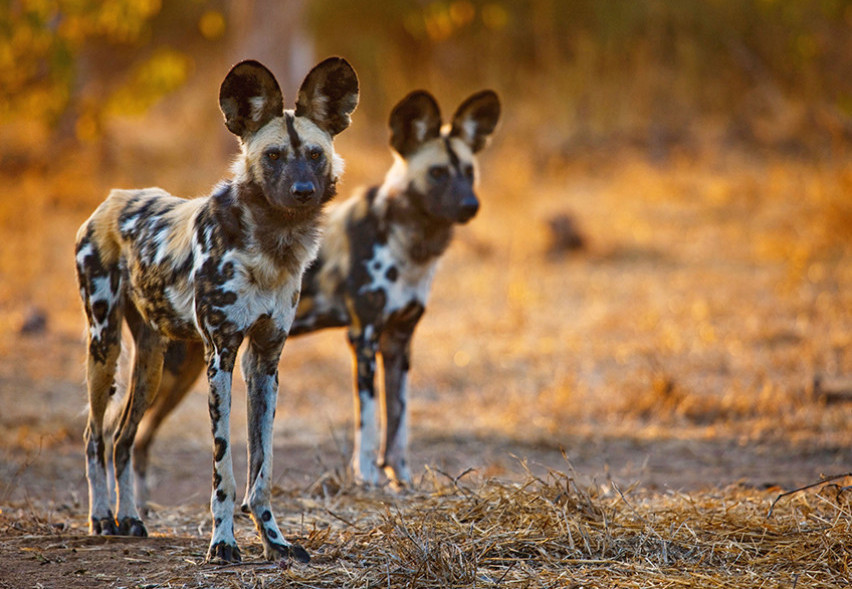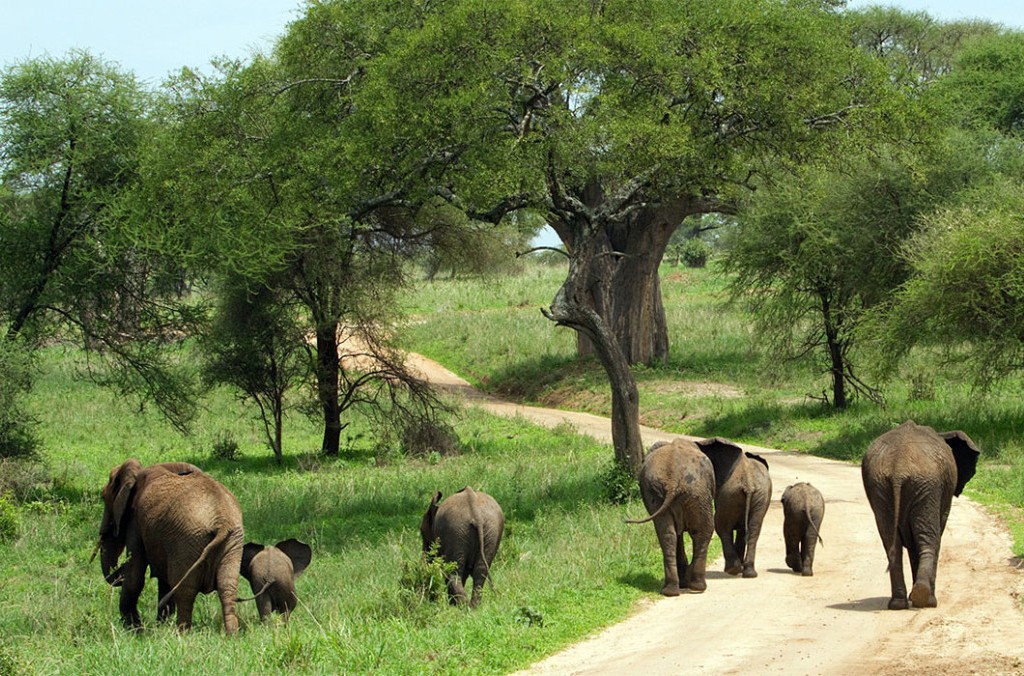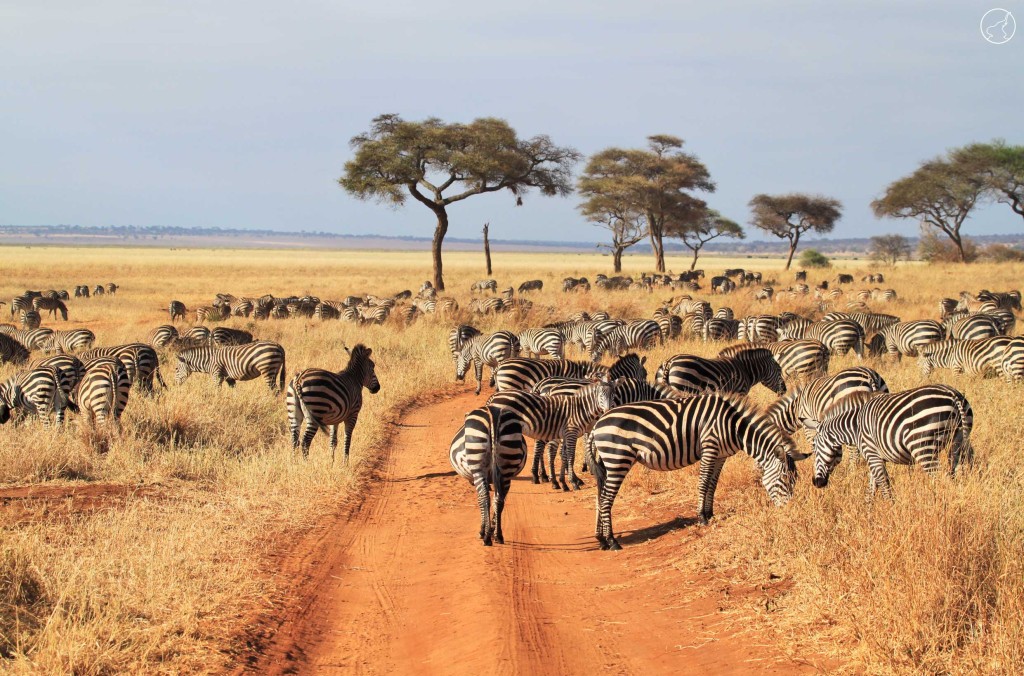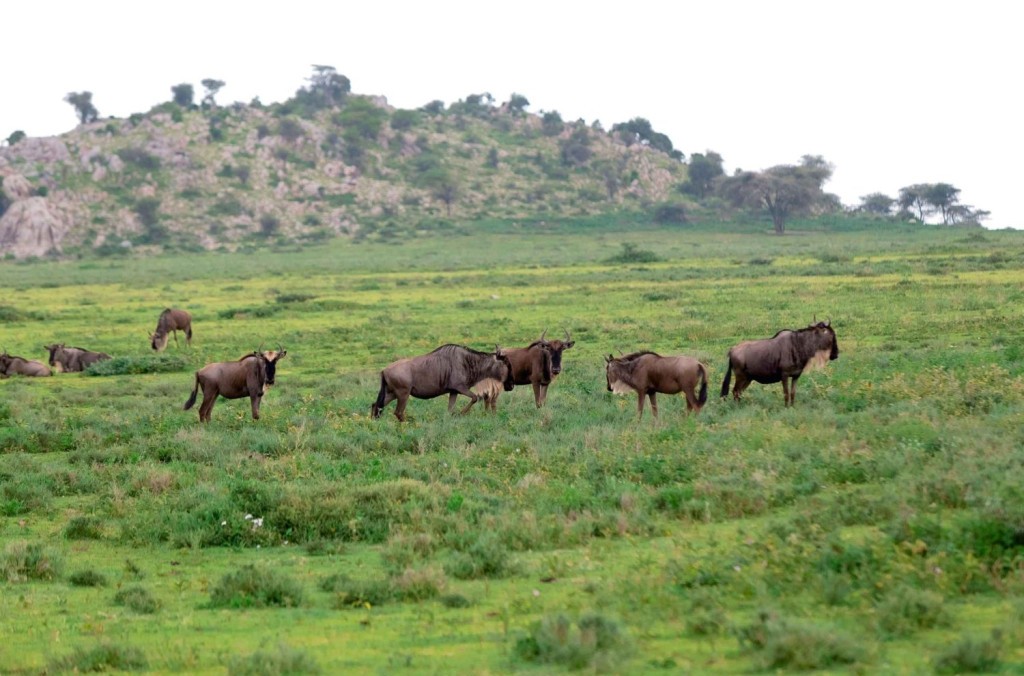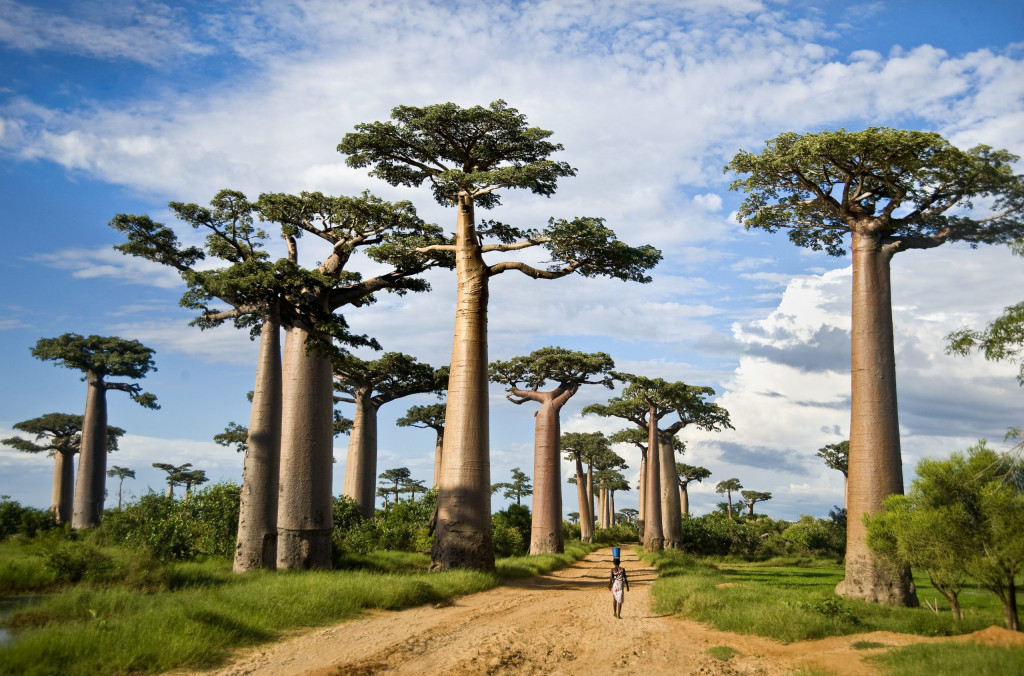TARANGIRE NATIONAL PARK
- Country: Tanzania
- Location: Northern Tanzania
- Language Spoken: Swahili
- Area (Km): 2,850 Km Squares
- Visa Requirement: yes
Tarangire National Park, located in northern Tanzania, is best known for its massive elephant herds and iconic baobab trees. As a key destination on the popular Northern Safari Circuit, it offers incredible wildlife viewing, particularly during the dry season, while also providing a less crowded experience than more famous parks like the Serengeti.
Key features
- Elephants: Tarangire is famous for having the highest concentration of elephants in Tanzania, with herds of up to 300 individuals congregating along the Tarangire River during the dry season.
- Baobab trees: The landscape is characterized by giant, ancient baobab trees, some hundreds or even over a thousand years old. These trees, sometimes called the "Tree of Life," can hold vast amounts of water and provide food and shelter for wildlife.
- Diverse wildlife: Beyond the elephants, the park is home to a wide variety of animals, including lions (some of which are known to climb trees), leopards, cheetahs, African wild dogs, wildebeests, zebras, giraffes, and an array of antelopes.
- Birding paradise: With over 550 species recorded, Tarangire is a haven for birdwatchers. Unique species like the yellow-collared lovebird and the heaviest flying bird, the Kori bustard, can be found here.
- Termite mounds: Striking red-earth termite mounds are a common sight and are often inhabited by dwarf mongooses.
- Seasonal river: The park gets its name from the Tarangire River, which is the primary water source during the dry season. Seasonal swamps like Silale Swamp also play a critical role in attracting animals.
When to visit
- Dry Season (June to October): This is the best time for game viewing. As the landscape dries out, animals congregate around the shrinking water sources, particularly the Tarangire River, making them easier to spot.
- Wet Season (November to May): The park becomes lush and green during the rains, offering beautiful scenery and wildflowers. While wildlife is more dispersed, this is the prime season for birdwatching, as migratory birds arrive in large numbers. It is also a less crowded time for a safari.
Activities
- Game drives: The most popular activity, with options for morning, afternoon, and full-day drives in 4x4 vehicles.
- Walking safaris: Unlike many other parks on the northern circuit, Tarangire allows for guided walking safaris in certain areas, providing a more intimate connection with the wilderness.
- Night game drives: Some lodges offer night game drives inside the park, allowing visitors to see nocturnal animals with a spotlight.
- : Hot air balloon rides are available, offering a unique aerial perspective of the park at sunrise.
- Cultural tours: Visits to nearby Maasai villages offer a chance to learn about their traditions and way of life.
Location and access
-
Location:
Tarangire National Park is located in northern Tanzania, a few hours' drive southwest of Arusha.
- Accessibility: It is easily accessible by road from Arusha and is often combined with visits to nearby Lake Manyara, the Ngorongoro Crater, and the Serengeti.

